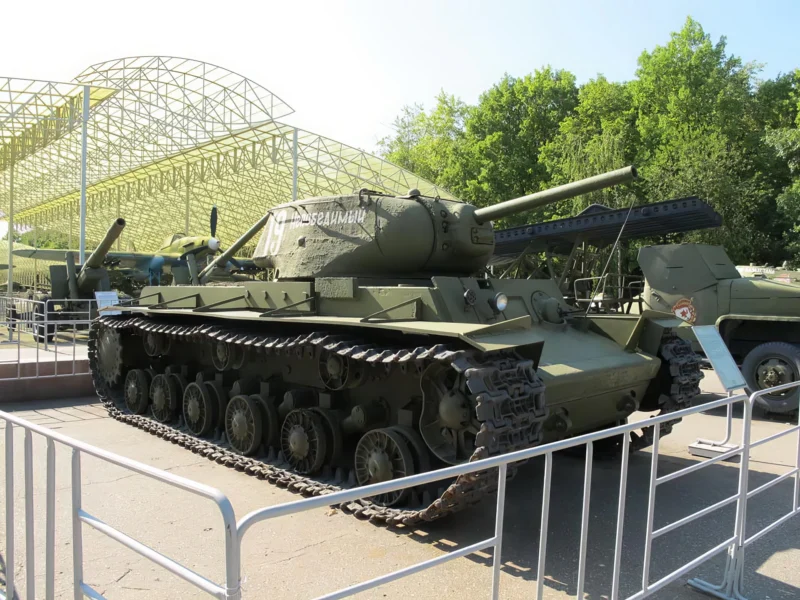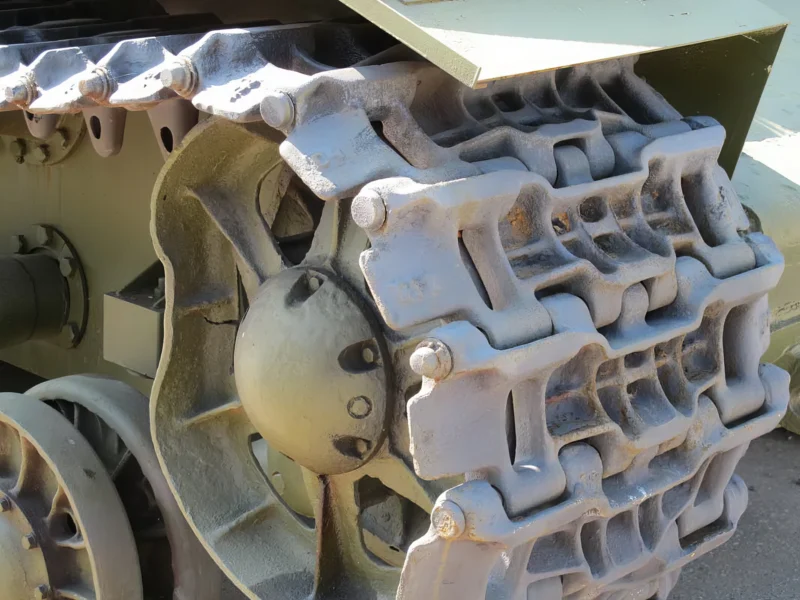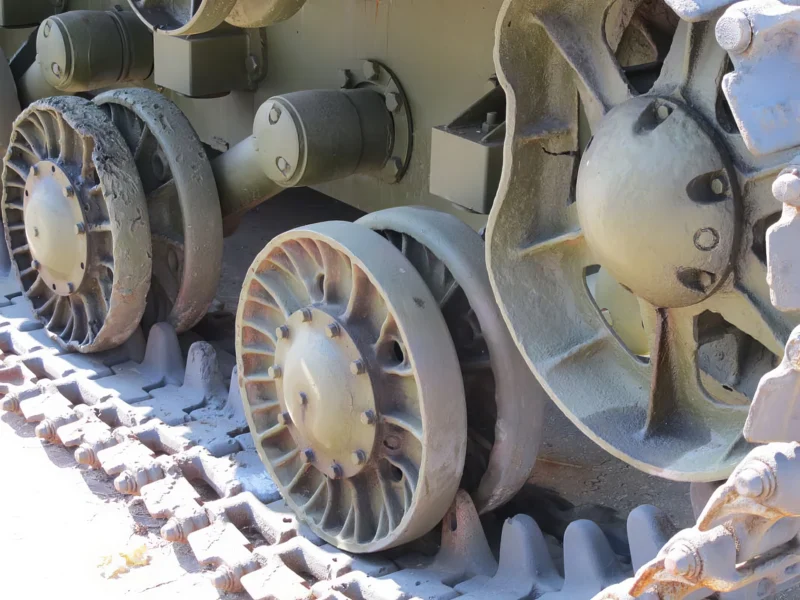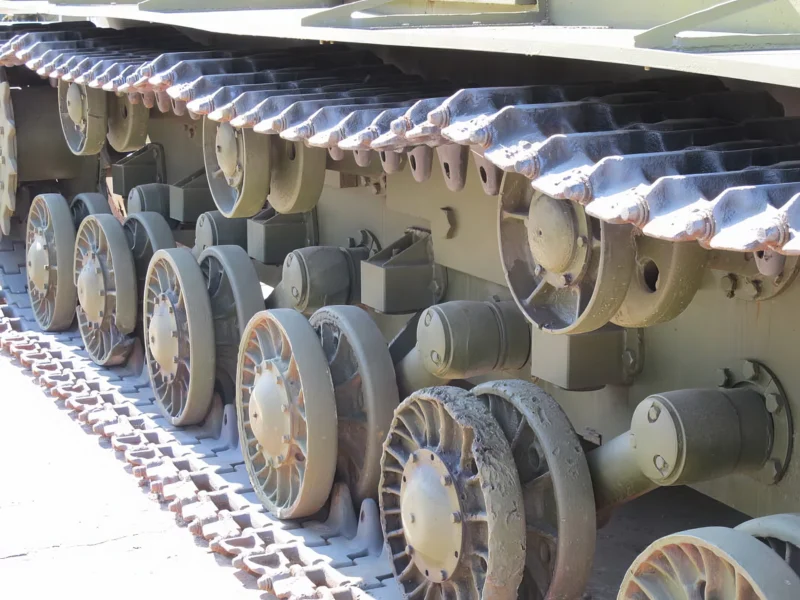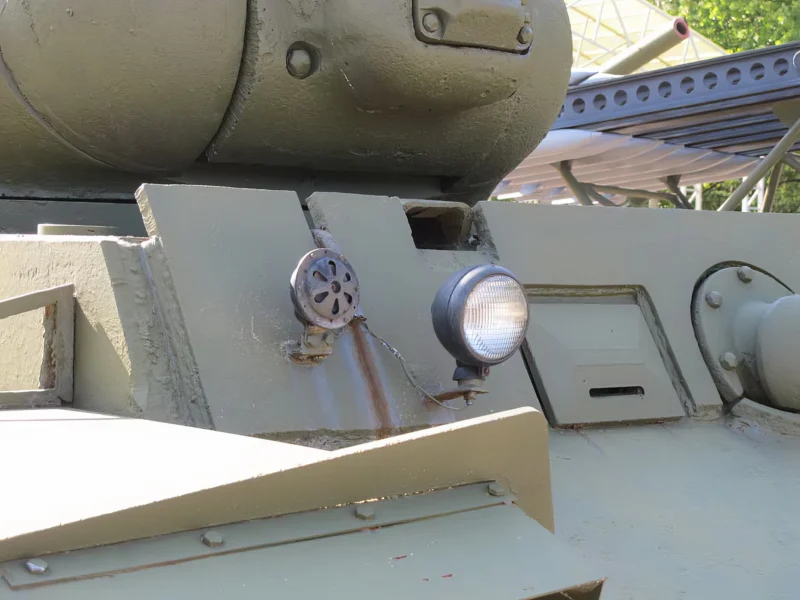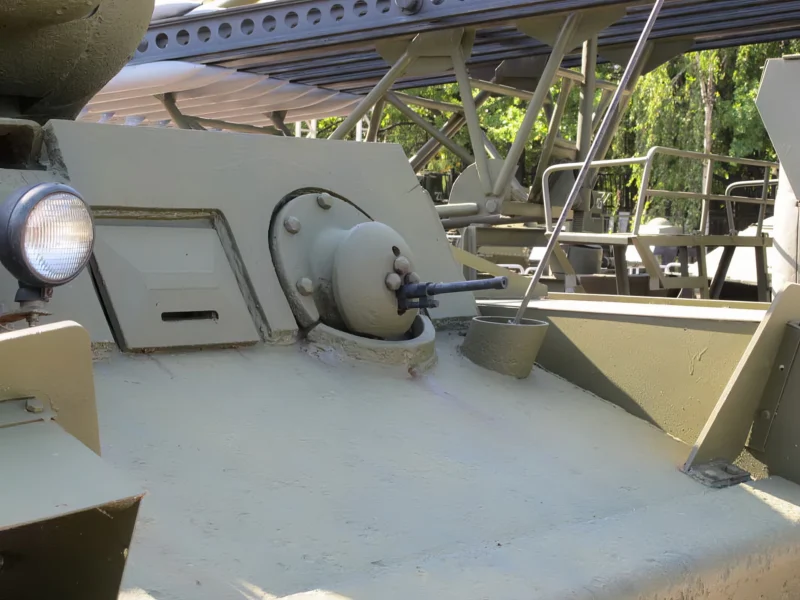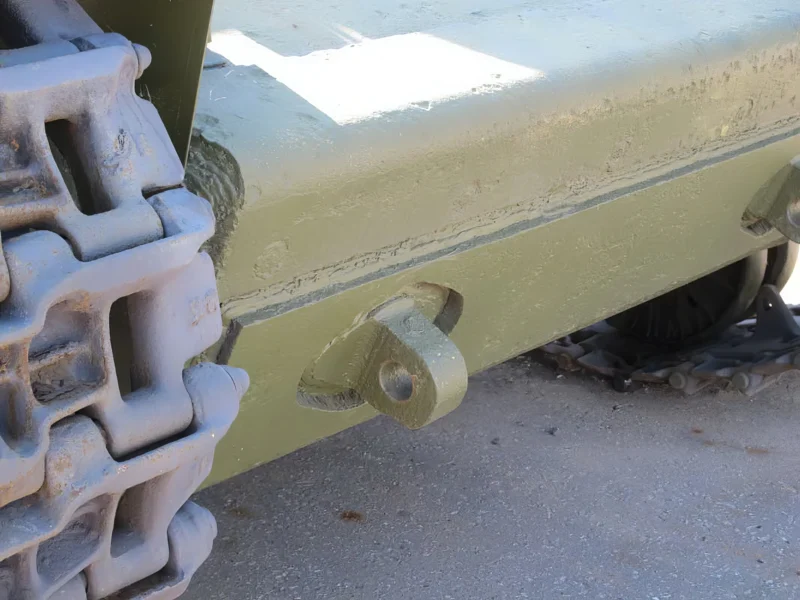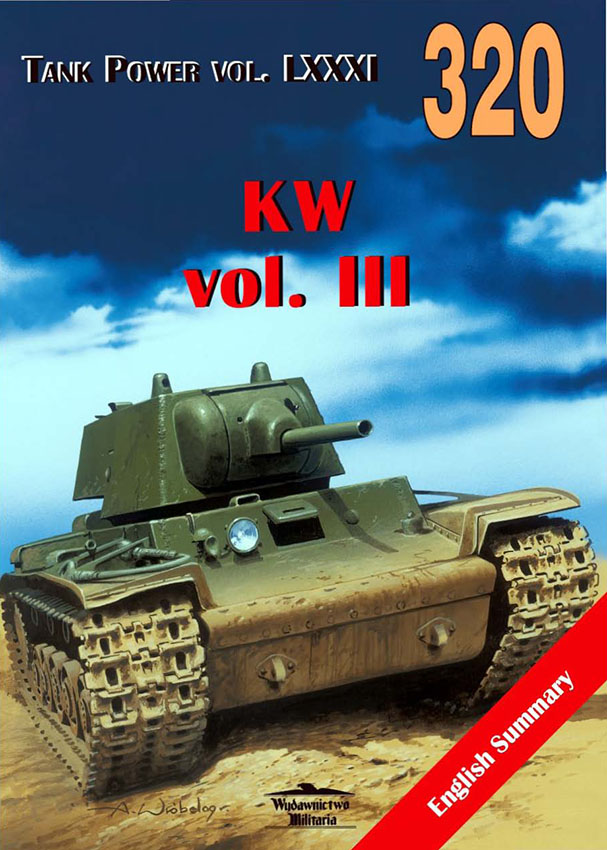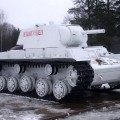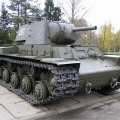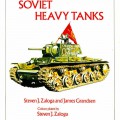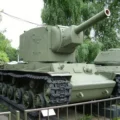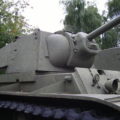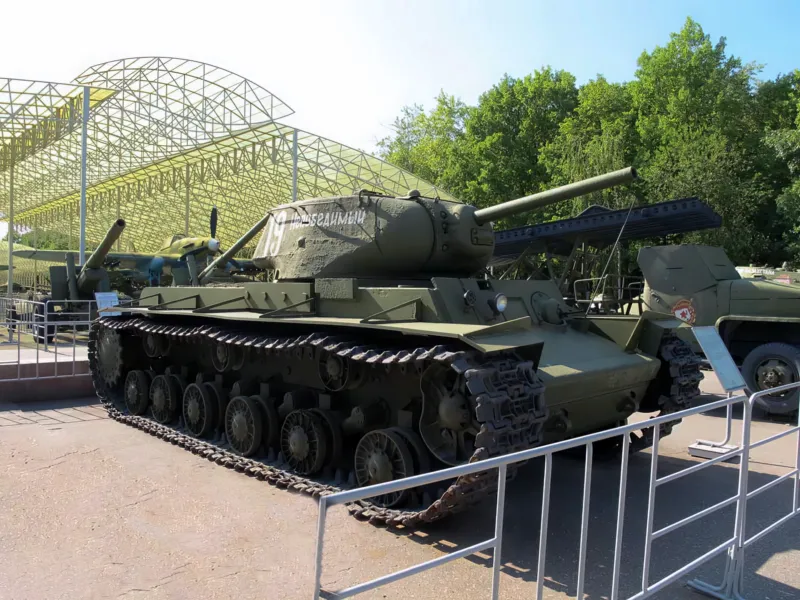
KV-1S | |
|---|---|
| Pays | Union soviétique |
| Rôle | Réservoir lourd |
| En service | 1939–45 |
| Construit | 5219 (Kv) |
Lla Kliment Voroshilov Les chars (KV) étaient une série de chars lourds soviétiques nommés d’après le commissaire à la défense soviétique et politicien Kliment Voroshilov et utilisés par l’Armée rouge pendant la Seconde Guerre mondiale. KV-1S: In response to criticisms, the lighter KV-1S was developed, with thinner armour and a smaller, lower turret in order to reclaim some speed. Importantly, the KV-1S had a commander’coupole avec blocs de vision tout autour. Il avait également une transmission planétaire sophistiquée qui augmentait considérablement la fiabilité et permettait l’utilisation d’une direction à engrenages régénérative plus efficace, contrairement aux seuls systèmes de direction à embrayage et de freinage utilisés par les Panzer III, IV et T-34. Son poids réduit lui a permis d’atteindre une vitesse de pointe de 43,3 km/h.
Source: KV-1S sur Wikipédia
| KV-1S | |
|---|---|
| Photographe | Inconnu |
| Localisation | Inconnu |
| Photos | 52 |
Voir aussi :
The KV-1S was a Soviet heavy tank, a critical modification of the earlier KV-1 series. It was developed in the summer of 1942 to address the severe reliability and mobility problems that plagued its predecessor, which had become too heavy and slow due to successive armor upgrades.
Lla « S » in its designation stood for « Skoryy » (Fast), reflecting its primary design goal: to achieve a better balance between armor protection and mobility, even if it meant sacrificing some of the original KV-1’s legendary frontal armor.
Key Characteristics and Design
The KV-1S represented a significant redesign aimed at reducing the tank’s overall weight and improving its mechanical reliability, particularly the unreliable transmission system.
- Reduced Weight: The tank’s mass was reduced to approximately 42.5 tons, making it lighter than later variants of the KV-1.
- Improved Speed: This weight reduction, combined with a better transmission system, allowed the KV-1S to achieve a higher top speed on roads, reaching up to 43 km/h.
- New Turret: It featured a newly designed, cast turret with a lower profile. While improving the tank’s ergonomics and providing better crew visibility, the turret still mounted the standard 76.2 mm gun.
Specifications Overview
| Caractéristique | Detail |
|---|---|
| En service | August 1942 |
| Rôle | Réservoir lourd |
| Armement principal | 76.2 mm ZiS-5 cannon |
| moteur | V-2K V12 diesel engine, 600 hp |
| Weight (Mass) | Approx. 42.5 tons |
| Max Speed (Road) | Up to 43 km/h |
| Hull Armor (Front/Side) | 75 mm / 60 mm (A reduction in side armor from earlier KV-1 models) |
| Turret Armor | Frontal armor generally around 82 mm |
Operational Role and Legacy
The KV-1S achieved its goal of providing the Red Army with a more mobile and operationally reliable heavy tank. However, its main weapon, the 76.2 mm ZiS-5, was already becoming obsolete against new German armor like the Tiger I. This parity in firepower and reduced armor against the T-34 medium tank led to questions about its continued necessity.
Despite this, the KV-1S was a crucial transitional design. The modifications and improvements to its chassis and the subsequent development of a new turret to hold a more powerful 85 mm gun directly led to the development of the KV-85 tank, which in turn was the immediate precursor to the formidable IS (Iosif Stalin) heavy tank series.
Vues : 4683
